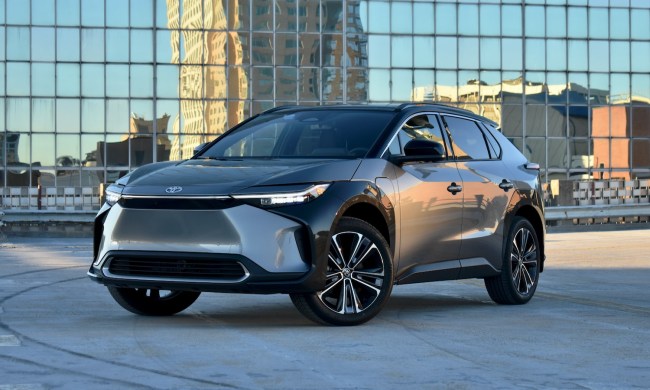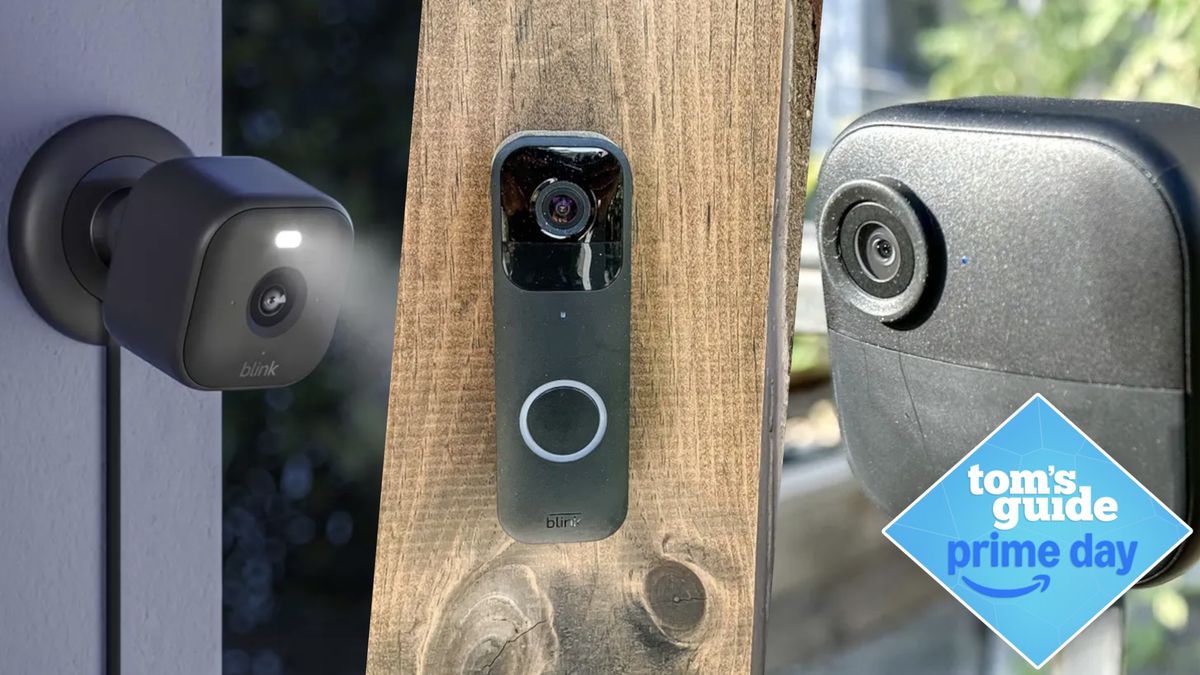 Automobili Mignatta
Automobili Mignatta
Watch out, sports car fans, as there’s a new automaker on the block: Italian company Automobili Mignatta has unveiled the Rina, its first car and a gorgeous roadster with 1960s styling and a modern V8 to power it.
The Rina chassis is made from a material called carbon monocoque, which a frame created from individual strands of carbon fiber that is most often seen in high-end road bikes, and which makes the car highly rigid while still being lightweight.
With a weight of just 2,205 lbs, the Rina should move at quite a clip, though the exact details of the naturally aspirated 5.0 liter US V8 engine haven’t been announced yet. It has rear-wheel drive, and an option for carbon ceramic brakes, with 19 inch wheels at the front and 20 inches at the rear.
The monocoque material is formed into a tub shape which integrates the driver and passenger seats, and the company says it has been optimized for both easy access to the passenger compartment and safety in the case of an accident. And the striking exterior recalls the classic Italian sports cars of the 60s, with its elongated headlights and open-top design.
 Automobili Mignatta
Automobili MignattaThe interior has similar classic styling to the exterior, and though it’s all very neat you won’t find any modern infotainment systems here. Instead, there’s a stripped down but elegant analog look, with no digital screens or support for modern conveniences like CarPlay.
There are old-fashioned gauges with a speedometer in the center and a tachometer in an elliptical look, with aluminum and carbon materials in abundance. And to continue the interior materials theme, the seats are made of — what else — branded brown leather.
 Automobili Mignatta
Automobili MignattaAs you’d expect from a niche car hand built in Italy, the Rina doesn’t come cheap, with just 30 units to be built each year and a reported price starting at $290,000.

Georgina has been the space writer at Digital Trends space writer for six years, covering human space exploration, planetary…
Waymo and Toyota explore personally owned self-driving cars

Waymo and Toyota have announced they’re exploring a strategic collaboration—and one of the most exciting possibilities on the table is bringing fully-automated driving technology to personally owned vehicles.
Alphabet-owned Waymo has made its name with its robotaxi service, the only one currently operating in the U.S. Its vehicles, including Jaguars and Hyundai Ioniq 5s, have logged tens of millions of autonomous miles on the streets of San Francisco, Los Angeles, Phoenix, and Austin.
But shifting to personally owned self-driving cars is a much more complex challenge.
While safety regulations are expected to loosen under the Trump administration, the National Highway Traffic Safety Administration (NHTSA) has so far taken a cautious approach to the deployment of fully autonomous vehicles. General Motors-backed Cruise robotaxi was forced to suspend operations in 2023 following a fatal collision.
While the partnership with Toyota is still in the early stages, Waymo says it will initially study how to merge its autonomous systems with the Japanese automaker’s consumer vehicle platforms.
In a recent call with analysts, Alphabet CEO Sundar Pichai signaled that Waymo is seriously considering expanding beyond ride-hailing fleets and into personal ownership. While nothing is confirmed, the partnership with Toyota adds credibility—and manufacturing muscle—to that vision.
Toyota brings decades of safety innovation to the table, including its widely adopted Toyota Safety Sense technology. Through its software division, Woven by Toyota, the company is also pushing into next-generation vehicle platforms. With Waymo, Toyota is now also looking at how automation can evolve beyond assisted driving and into full autonomy for individual drivers.
This move also turns up the heat on Tesla, which has long promised fully self-driving vehicles for consumers. While Tesla continues to refine its Full Self-Driving (FSD) software, it remains supervised and hasn’t yet delivered on full autonomy. CEO Elon Musk is promising to launch some of its first robotaxis in Austin in June.
When it comes to self-driving cars, Waymo and Tesla are taking very different roads. Tesla aims to deliver affordability and scale with its camera, AI-based software. Waymo, by contrast, uses a more expensive technology relying on pre-mapped roads, sensors, cameras, radar and lidar (a laser-light radar), that regulators have been quicker to trust.
Aston Martin DBX S is the world’s most powerful SUV, if you ignore electric

British brand Aston Martin has unveiled what it is the most powerful non-electrified SUV on the market in the DBX S. The new flagship SUV blends the dynamism of the DBX 707 with engine enhancements derived from the Valhalla supercar, to deliver what the company is promising to be a more engaging drive through increased power, reduced weight, and a more assertive design.
The DBX S continues Aston Martin’s tradition of using the ‘S’ suffix to denote higher-performance versions of existing models – something it first did back in 2004 with the Vanquish S.
I drove 500 miles with Android Automotive, here’s why every car needs it

The worlds of smartphones and cars have long been colliding, as Google and Apple have prioritized building new experiences with CarPlay and Android Auto, respectively, even as carmakers have continued to develop their own infotainment experiences.
Despite the success of Apple CarPlay and Android Auto, both platforms have key issues, namely that they run on top of the car’s operating system, which means they lack the tight integration that yields the best experience and rely on your phone for certain functions. To address these issues, both companies have also been developing operating systems that can power cars.
.png)











 English (US) ·
English (US) ·